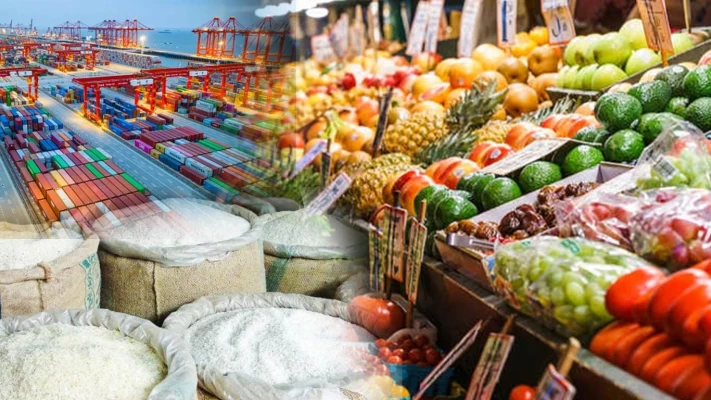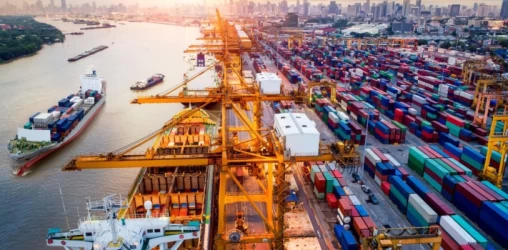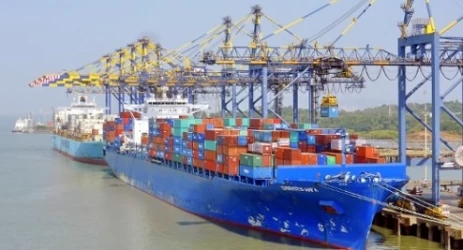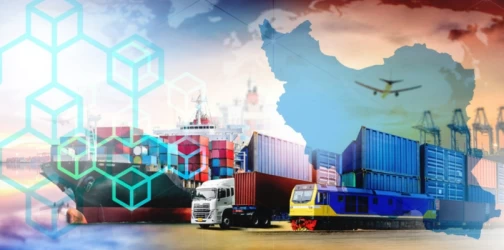Trade Guide with Iran: Import of Food Products
Iran, with its strategic location and a population of around 88 million, presents a significant market for food product imports. The country’s diverse climate and agricultural potential make it a unique player in the global food trade. However, navigating the complexities of importing food products into Iran requires a thorough understanding of its trade policies, market demands, and regulatory environment.
Market Overview
Iran’s food import market is driven by its need to supplement domestic production. The country imports a variety of food products, including grains, meat, dairy, and processed foods. Key trading partners include the United Arab Emirates, Turkey, Germany, and the United Kingdom. In 2022, the top imported food items were corn, soybeans, rice, and wheat.
Regulatory Environment
Importing food products into Iran involves compliance with several regulations and standards. The Iranian government has established strict guidelines to ensure the safety and quality of imported food. These regulations cover aspects such as:
- Sanitary and Phytosanitary (SPS) Measures: These are designed to protect human, animal, and plant life from risks arising from the introduction of pests and diseases.
- Labeling Requirements: Imported food products must have labels in Persian, detailing ingredients, nutritional information, and expiration dates.
- Certification: Importers need to obtain various certifications, including health certificates and certificates of origin.
Trade Policies and Sanctions
Trade with Iran is subject to international sanctions, particularly from the United States and the European Union. These sanctions can affect the ability to conduct transactions and the availability of financial services. Importers must navigate these restrictions carefully to avoid legal complications.
Import Procedures
The process of importing food products into Iran involves several steps:
- Registration: Importers must register with the Iranian Ministry of Industry, Mine, and Trade.
- Licensing: Obtain the necessary import licenses and permits.
- Customs Clearance: Submit required documentation, including invoices, packing lists, and certificates, to Iranian customs authorities.
- Inspection: Food products are subject to inspection by the Iranian Food and Drug Administration (IFDA) to ensure compliance with local standards.
Opportunities and Challenges
Opportunities:
- Growing Demand: Iran’s young and urbanizing population is driving demand for diverse and high-quality food products.
- Strategic Location: Iran’s location offers access to neighboring markets in the Middle East and Central Asia.
Challenges:
- Sanctions: Ongoing international sanctions can complicate trade and financial transactions.
- Regulatory Hurdles: Navigating Iran’s regulatory environment requires careful planning and local expertise.
Conclusion
Importing food products into Iran offers significant opportunities for businesses willing to navigate its complex regulatory and trade environment. By understanding the market dynamics, complying with regulations, and effectively managing risks, importers can tap into this promising market and contribute to Iran’s food security.
if you have a specific question or need more details, Iran's logistics experts are your answer!











